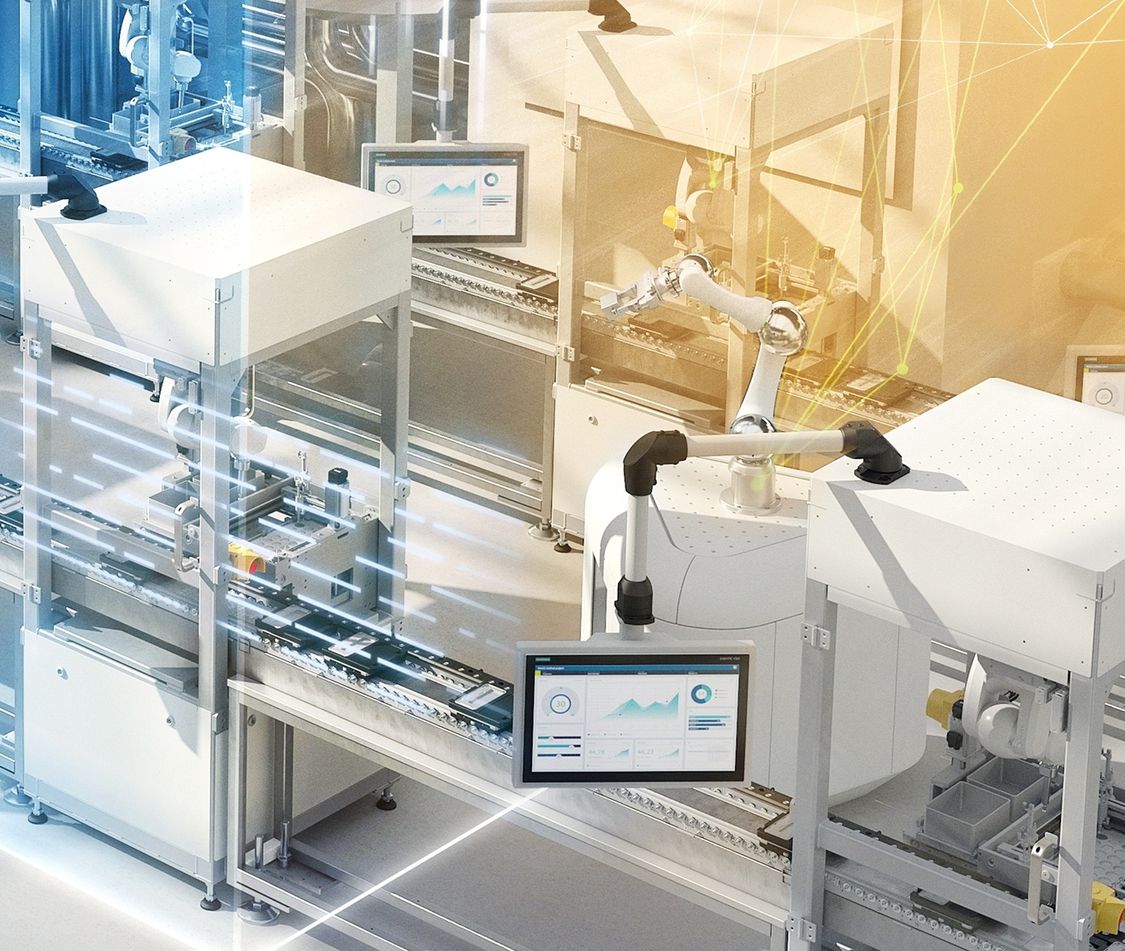
TIA Portal Service Course 2 (TIA-SERV2) (5 Days)
OVERVIEW:
This second part of the SIMATIC TIA Portal service training is based on the knowledge of the TIA
Portal gained in the SIMATIC TIA Portal service 1 course, including SIMATIC STEP 7, HMI, connection
of drives, and PROFINET IO/PROFIBUS. You will expand your troubleshooting and error correction
knowledge -using the TIA Portal diagnostic tool in the commissioning and productive phase. Alarms
are displayed on an operator control and monitoring system. You will learn about the included test
functions for controlling programs in Structured Control Language (SCL). You will implement a sequence control in SIMATIC S7-GRAPH and integrate the analog value processing. You will thus be able to adapt your plant to new demands and to reduce downtime. You can deepen your theoretical knowledge with numerous practical exercises on a TIA system model. This consists of a SIMATIC S7
automation system, ET 200 distributed I/O. Touchpanel, drive, and a belt model.
TIA Portal Programming Course 1 (TIA-PROI) (5 Days)
OVERVIEW:
The Totally Integrated Automation Portal (TIA Portal) forms the work environment for integrated engineering with SIMATIC STEP 7 and SIMATIC WinCC. In this first part of the SIMATIC TIA Portal programming training, we teach you the handling of the TIA Portal, basic knowledge about the structure of the SIMATIC S7 automation system, configuration and parameterization of hardware, and the basics of standard PLC programming. You also receive an overview of HMI. PROFINET IO, and connecting drives. You can deepen your theoretical knowledge with numerous practical exercises on a TIA system model. This consists of a SIMATIC S7 automation system, ET200 distributed I/O. Touchpanel, drive, and a belt model.
SIMATIC S7 Ethernet/PROFINET Course (5 Days)
OVERVIEW:
This course is directed at Programmers, Commissioning engineers, Configuring engineers, Service
personnel, Maintenance personnel involved with the design, commissioning and sustaining of an S7
Industrial Ethernet and PROFINET networks. The course uses a “hands-on practical approach to
reinforce the theoretical aspects of the training.
TIA Portal Programming Courses 2 (TIA-PRO2) (5 Days)
OVERVIEW:
The Totally Integrated Automation Portal (TIA Portal) forms the work environment for integrated
engineering with SIMATIC STEP 7 and SIMATIC WinCC. The second part of the SIMATIC TIA Portal
programming training is based on the knowledge of the TIA Portal gained in the SIMATIC S7 TIA
Portal programming 1 course (TIA-PRO1), including STEP 7, HMI, connection of drives, and PROFINET
IO. You will expand your knowledge of complex operations in statement lists (STL) and in Structured
Control Language (SCL). Along with analog value processing and data administration with complex
data types, the evaluation and handling of program-related errors are also considered. Building on
this, you will learn how to display messages on the operator control and monitoring system (HMI).
Thanks to the knowledge imparted, you will gain new impetus and ideas for efficient PLC
programming. You can deepen your theoretical knowledge with numerous practical exercises on a
TIA system model. This consists of a SIMATIC S7-1500 automation system, ET200SP distributed I/O,
TP 700 Touchpanel, a Sinamics G120 drive, and a conveyor belt model.
SIMATIC S7 PROFIBUS Course (5 Days)
OVERVIEW:
The course is directed at engineering and maintenance personnel, who need to troubleshoot, use
diagnostics and create new applications using various types of Profibus connections. The course uses
a ‘hands-on” practical approach to reinforce the theoretical aspects of the training.
Participant Pre requirements
The ability to use a MS Windows PC (2000/XP), keyboard and mouse to include opening and
closing programs, locating files, copy and paste objects /data (text, etc). Drag and drop files,
objects/data (text. etc). Use of menus and multi-menus, manipulation of windows within a
multi-window environment. Use of MS Windows Help.
Must have attended either ST-PRO1 or ST-SERV1 and ST-SERV2
This training course is not appropriate for trainees using S7-200, S7-1200 or S7-1500 based
systems.







